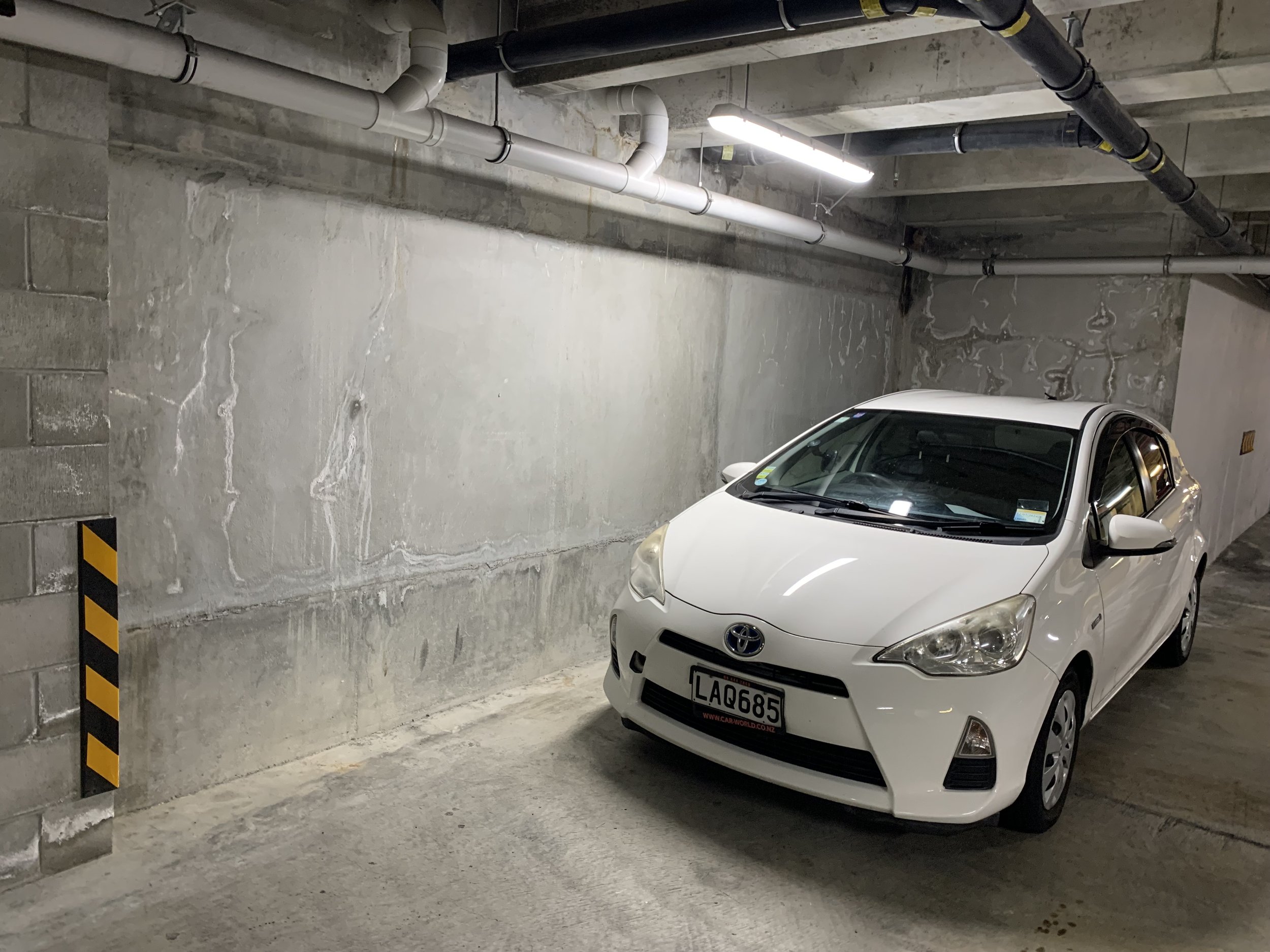
Type A
(barrier protection)
Protection against water ingress from both the positive and negative sides of an earth retaining wall. A fully bonded barrier system, traditionally known as Tanking, provides an effective solution by creating a continuous waterproof membrane directly adhered to the structure.
BS: 8102:2022 defines Type A waterproofing as “barrier protection” applied to either the ‘Negative’ internal or ‘Positive’ external surface of a structure in order to resist the pressure of water trying to enter the building.
Type A membranes protection is generally referred to as “tanking”
The products include pre-applied fully bonded sheet membranes, and post-applied sheet and liquid membranes, installed as a continuous system forming a tank around the structure extending up to at least 150mm above finished ground level completely encapsulating the basement.
Consideration to compliance with the New Zealand Building Codes, may include performance clauses such as:
Clause B2 Durability:
Clause E2 External Moisture:
Clause F2 Hazardous Building Materials:
Type A Protection
-
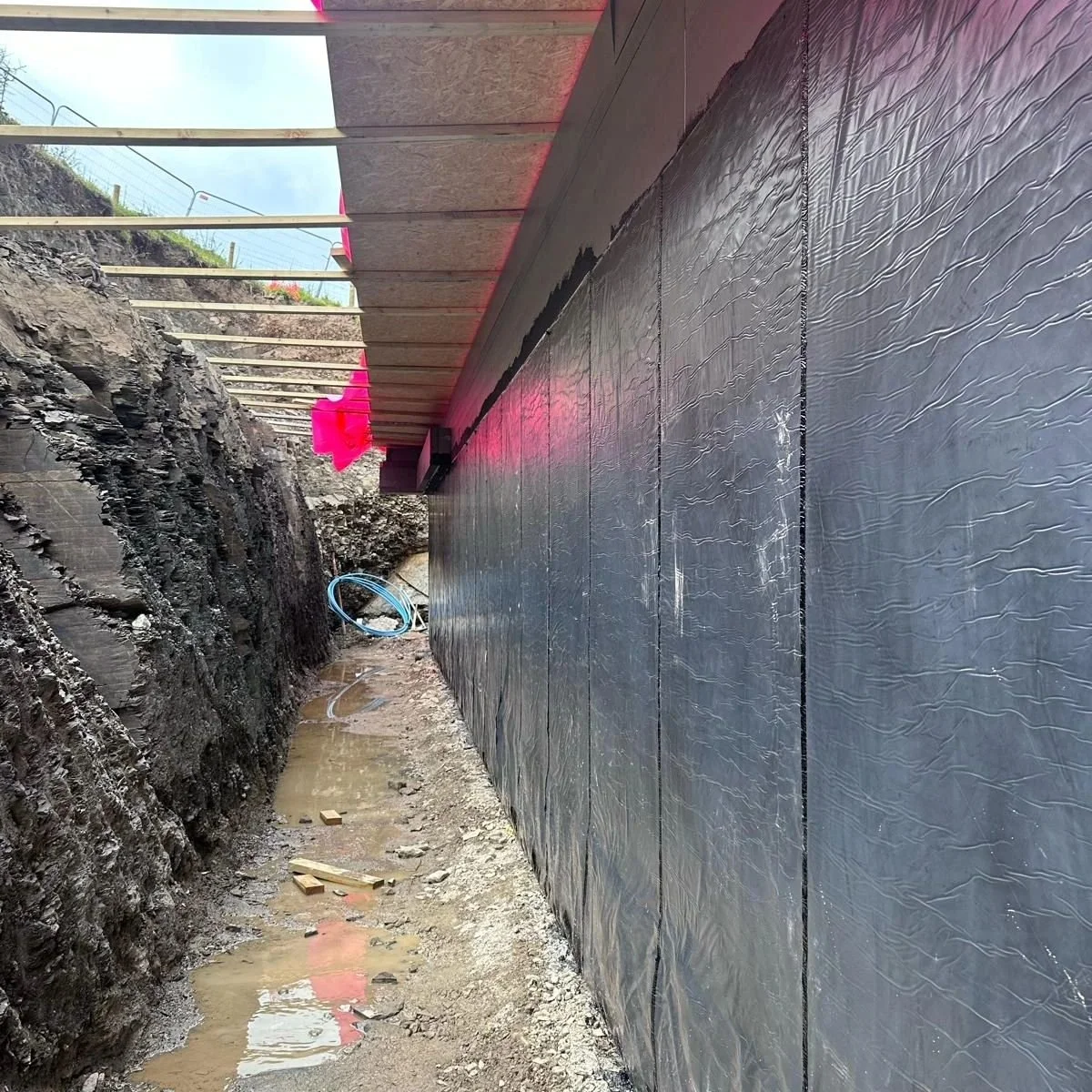
Post-Applied
Post-applied sheet membranes are a highly effective solution for below-ground waterproofing, but their success depends on a perfect bond to the substrate. A well-prepared, stable surface is essential, as any irregularities can compromise adhesion and overall performance. These membranes are adhered using specialized adhesive compounds, which may be integrated into the membrane or applied separately, ensuring a secure and continuous bond.
Attention to detail is critical, particularly at laps, terminations, and complex geometries, to guarantee a fully watertight seal. To complete the system, a drainage protection board should be installed, providing both protection and an efficient means of managing water pressure on the membrane. With careful installation and quality materials, post-applied membranes offer durable and reliable waterproofing for a wide range of below-ground applications.
-
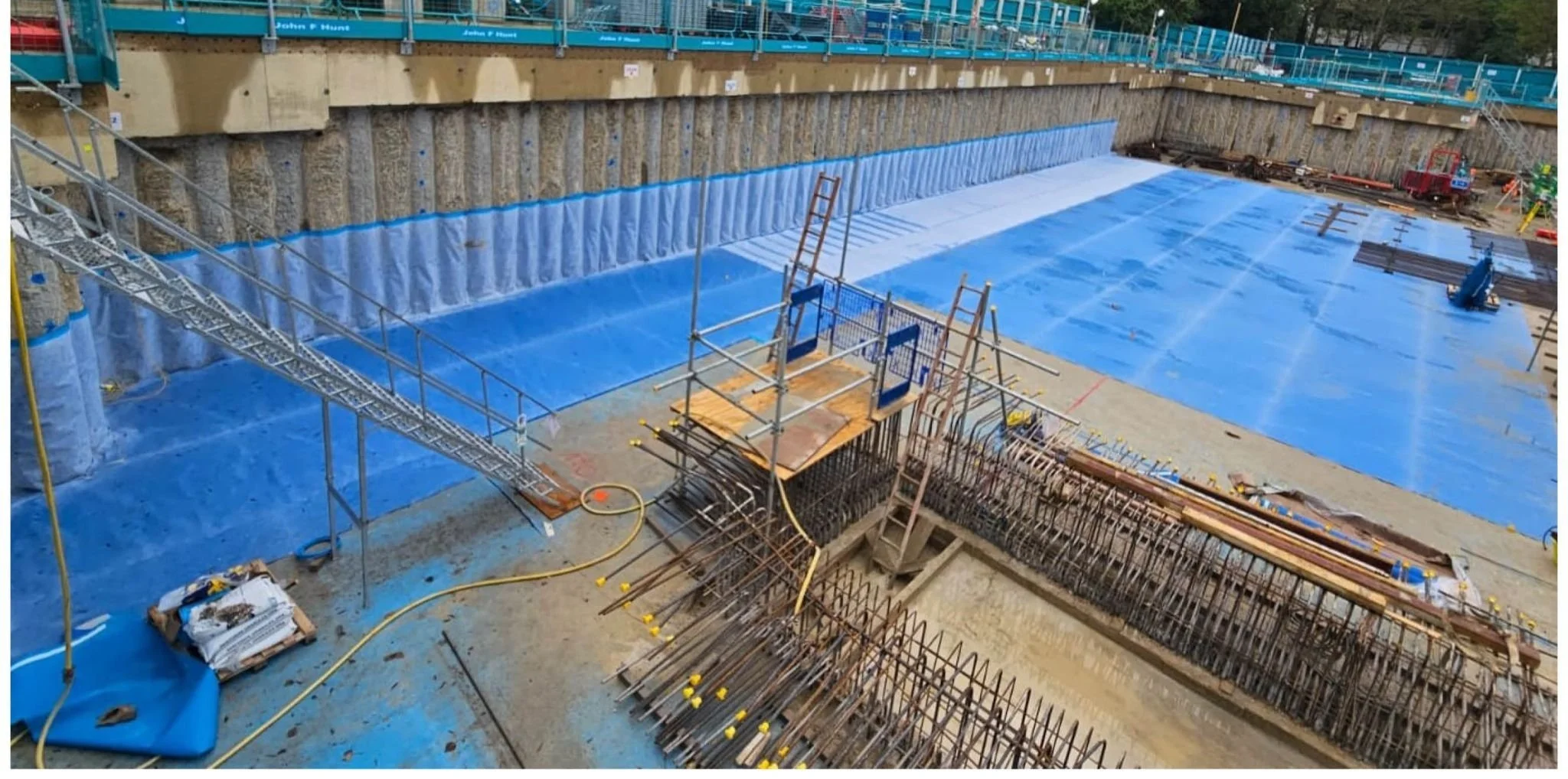
Pre-Applied
Type A pre-applied membranes offer a highly effective and reliable solution for below-ground waterproofing, ensuring long-term protection against water ingress. These fully bonded membranes create a seamless barrier that prevents water from penetrating the structure, even under high hydrostatic pressure. Their pre-applied nature allows for easy installation before the concrete pour, reducing the risk of application errors and becoming fully engaged to prevent water from tracking and ensuring a strong, continuous bond.
Most have self-healing capabilities that automatically seals small punctures and with excellent durability, chemical resistance, and compatibility with various substrates, Type A Pre Applied membranes provide peace of mind for safeguarding structures from dampness and water-related damage for years to come.
-
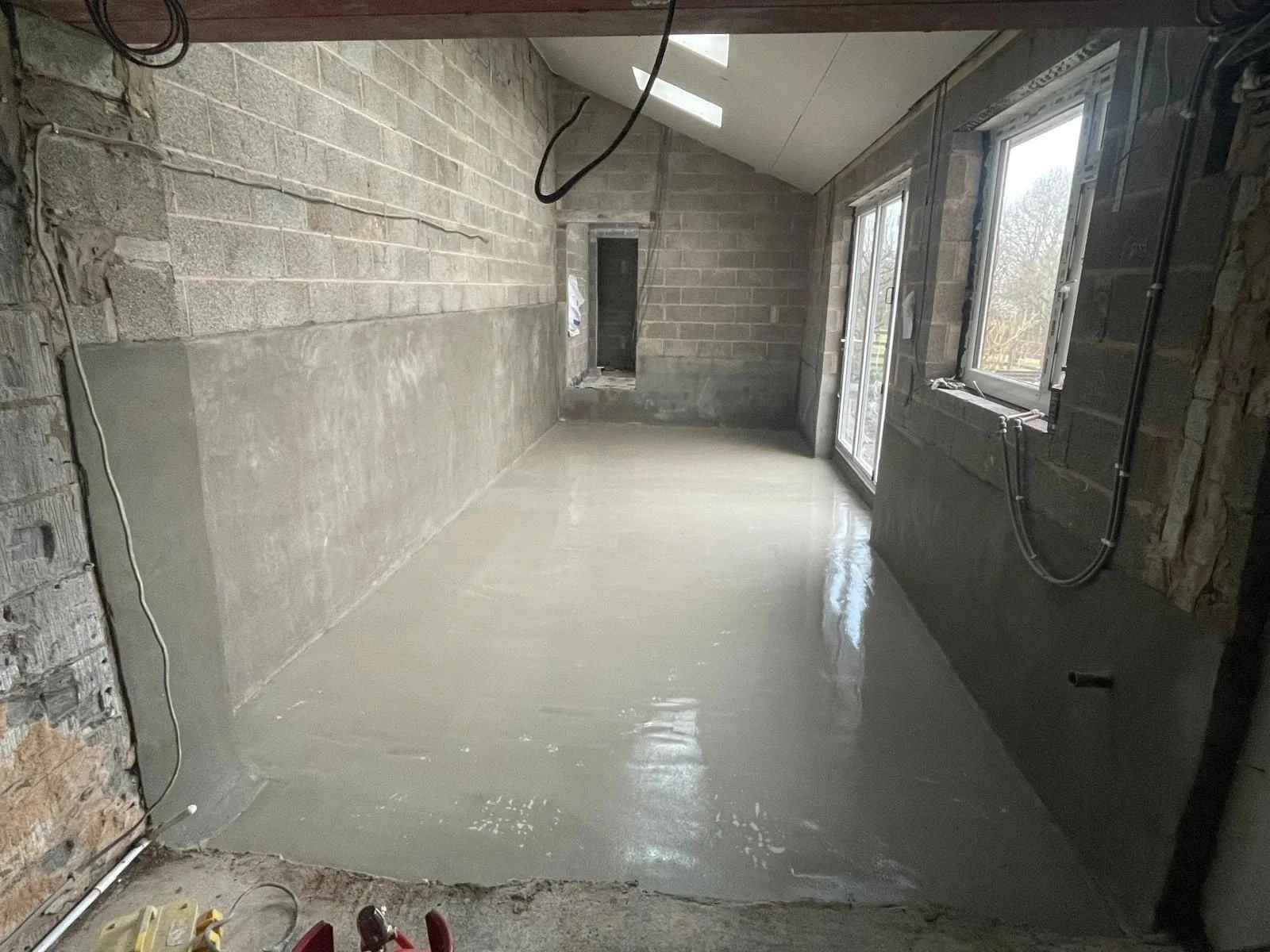
Negative-side Tanking
When you hear the term “negative side tanking”, it might evoke thoughts of something undesirable. However, this tried and tested method of below ground waterproofing is anything but negative.
It is a method of waterproofing a structure from the inside (Negative Side), typically used in basements and underground structures that are fully or partly retaining. A technique that involves applying a waterproofing barrier membrane directly onto the internal surfaces of the structure to form a tight bond, prevent water from entering the internal space. A method that can be used in both new construction and existing.
-
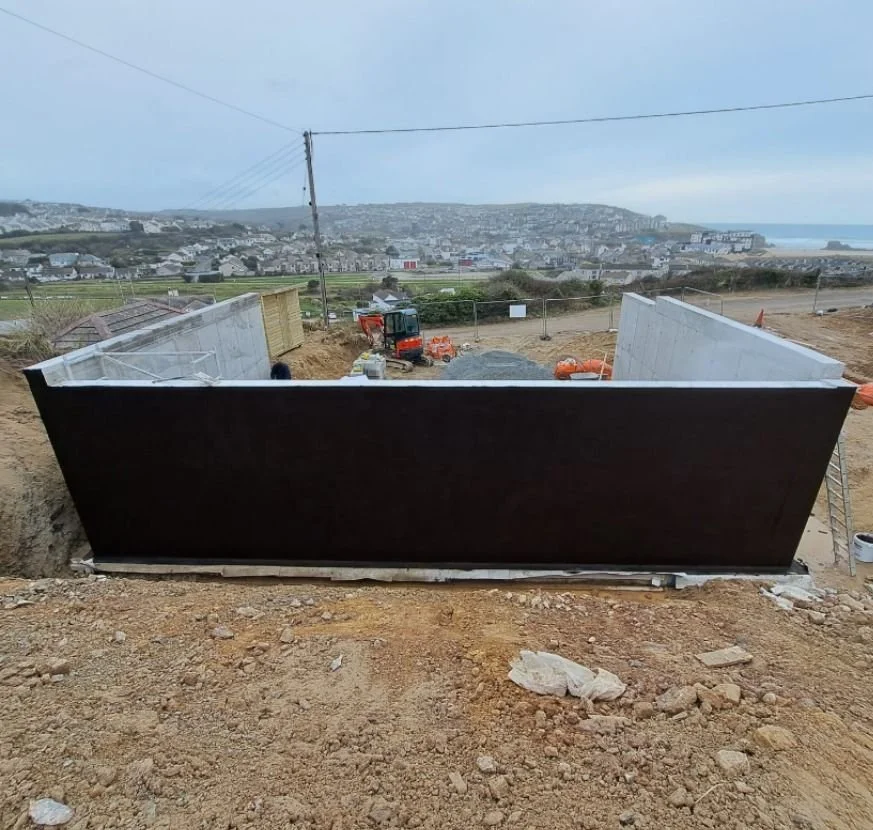
Post Applied Liquid
Post-applied Type A liquid membranes are designed to seamlessly adhere to a variety of surfaces, creating a continuous, flexible barrier that effectively prevents water infiltration. Their ease of application makes them a favourite among contractors, as they can be quickly and efficiently applied to complex geometries and hard-to-reach areas. Once cured, Type A liquid membranes form a robust, elastic coating that can withstand structural movements, temperature fluctuations, and environmental stressors, ensuring long-term performance.
-

External Drainage Layer
An external drainage layer plays a critical role in any below-ground waterproofing system. Its primary function is to relieve hydrostatic pressure by collecting and redirecting groundwater away from the structure before it reaches the waterproofing membrane.Description goes here

